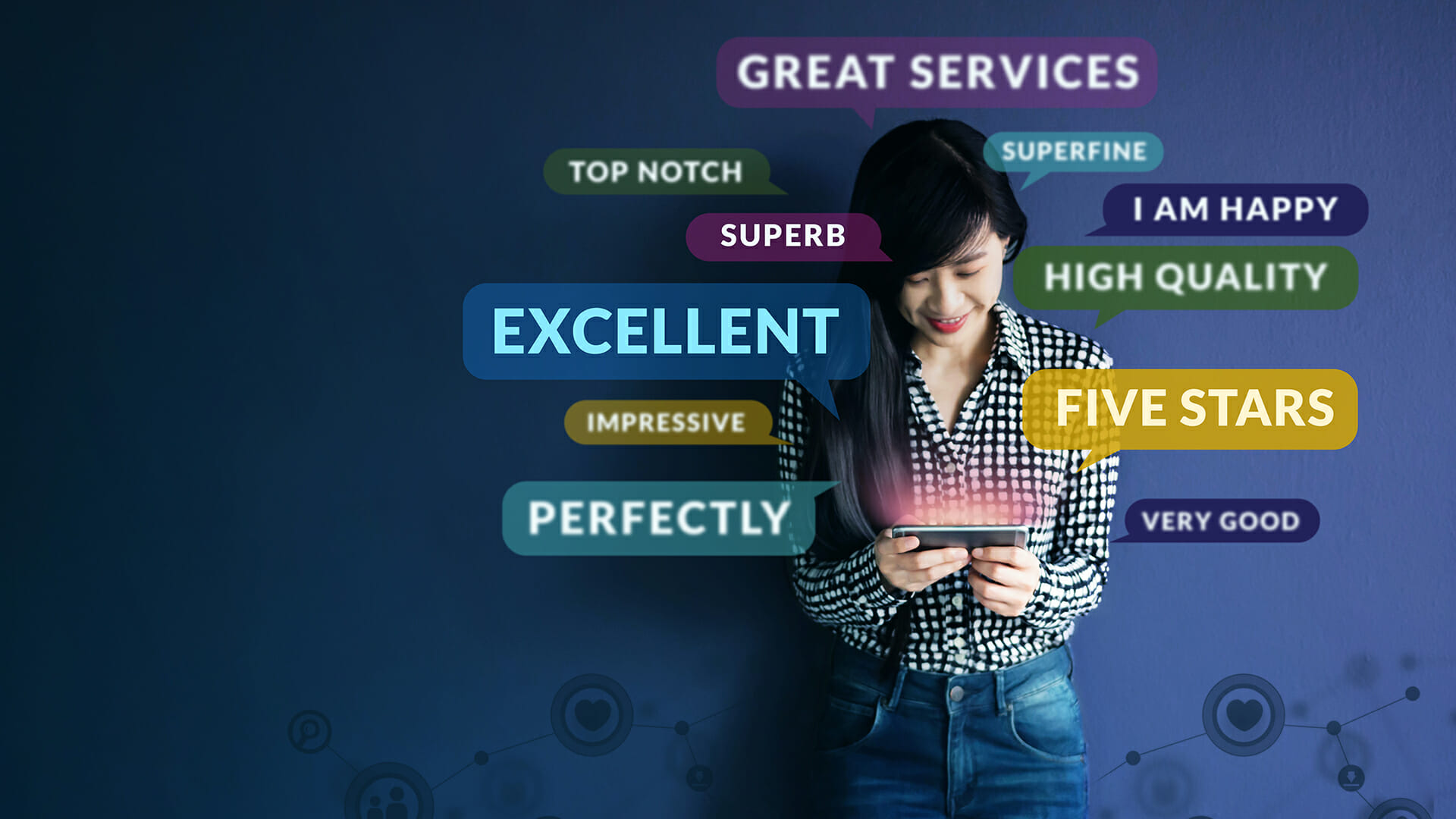A hyper-personalized customer experience is possible, thanks to technology

A hyper-personalized customer experience is possible, thanks to technology
Today’s marketers can foresee the precise wants of their clients and respond to them right away, thanks to the technology they often utilize. Additionally, businesses that do coordinate their resources for hyper-personalization have a significant edge as seen by rising client engagement, steadfastness, and cost-effective customer acquisition. 97% of corporate leaders agree that using data, analytics, and AI will enable firms to create highly customized experiences.
Many businesses are still having trouble combining all of their channels for customer interaction to give customers a smooth, contextually appropriate experience.
Long-term loyalty is fostered via meaningful encounters.

The primary result of this shift has been an enhanced customer experience. Our traditional idea of the customer experience, which is focused on transactional shopping activities that take place in-store, is quickly changing into the “modern” experience of today, which is founded on a more profound relationship with a brand that is continuing and enriching. Businesses that wish to cultivate long-lasting consumer loyalty must strive for—indeed, must achieve—this more meaningful form of experience if they are to be successful in the long run.
Where did we learn this? Numbers are reliable. Companies like CleverTap have demonstrated that by utilizing hyper-personalization, their clients can raise conversion rates by up to 400%. Tata CLiQ accomplished this by identifying customers from users (who are only window shopping) using behavioural data (with an intent to buy). Following that, they made very pertinent suggestions and recommendations based on these findings. To lower their cart abandonment rate, they finally used this to create a thorough and well-designed omnichannel communication plan.
However, Tata CLiQ is not the only company that has grown by treating customers like humans. A new personalization playbook being developed by AirAsia includes a variety of channels, touchpoints, and requirement phases.
How Hyper-personalization Made AirAsia a Super-App
As a low-cost carrier that made air travel more accessible, AirAsia got its start. However, after understanding that accessibility could—and should—include more than simply travel, the business introduced a number of other services, including those for placing food orders, calling for a taxi, making investments, and submitting loan applications.
- Engagement across channels, powered by data
The firm uses a tried-and-true omnichannel strategy to reach its clients where they are. When consumer land at the airport, for instance, a message inviting them to browse the in-flight catalogue is given to them. They receive a push notice requesting them to schedule a ride to their hotel when they arrive. The business makes an effort to identify the communication channel that is most likely to be pertinent and accessible to the user at that particular time in every situation.
- Effective Targeting is Supported by Data
Additionally, they utilize data to target their messaging even more precisely. For instance, they may be aware of a user’s customary ride-hail booking time and destination. So, whenever a user opens the app in the morning, they send them a message asking if they want to schedule a transport to their workplace. The prompt would be to call a ride home at the end of the day.
- Pay attention to priorities and customer needs.
Brands must first and foremost respond to three essential inquiries regarding hyper-personalization: What experiences should I provide for my customers? What problems may hyper-personalization address for my customers? What kind of technology is required for my company to realize this vision?
What It Does

Three main trends are necessary to transform your company’s marketing communications from basic personalisation to hyper-personalization:
- The availability of enormous volumes of conveniently accessible and comprehendible client data.
- AI technology can go through this amount of data to make connections and offer suggestions for the next course of action.
- Automation supports data collection, analysis, and decision-making on the best course of action for the client.
The Adoption Obstacle
Although AirAsia and others are paving the way, businesses won’t be able to follow if they don’t first have the necessary capabilities. Providing personalized service to consumers necessitates a vast amount of data. More importantly, it demands that businesses and brands use it in really creative ways.
Without a question, the shift to a customer-centric, highly customized society is being driven by data and technology. However, many companies are still having trouble with adoption and figuring out how to include essential technologies into their tech stack. The three items required are as follows:
- Intelligent Data Layer
It doesn’t matter how much data a company has. In actuality, more data is collected by most businesses than they would ever utilize. As a result, a layer of “dumb” data is created, which is data that is saved but never used.
Organizations prefer an “intelligent” data layer that allows them to utilise their data instantly and provide distinctive and engaging customer experiences.
- Internet Scale
Scalability must be the cornerstone of a brand’s strategy since hyper-personalization involves delivering genuinely meaningful experiences to millions of consumers in real-time, repeatedly throughout the day. If the result is not readily scaleable, it simply cannot be used since it is so granular.
- Jumpstart
Today’s brands must have both information and answers if they are to thrive in a world that is changing quickly. They require a pre-made toolbox that enables the business to launch its customer retention and personalization initiatives. Additionally, they require tactics that may yield strategic and quantifiable results immediately; else, it will be too late.
Test, Discover, Repeat, and Produce Authentically Satisfied Users

The last stage once a solution has been found and put into practice, as every smart marketer knows, is to test it with actual customers. Examine its strengths, weaknesses, and potential improvements. Continue iterating after that. Your user communications will soon start to genuinely thrill and precisely satisfy their demands, effortlessly and in real-time, resulting in a rise in your engagement and retention rates.
Edited by Prakriti Arora



